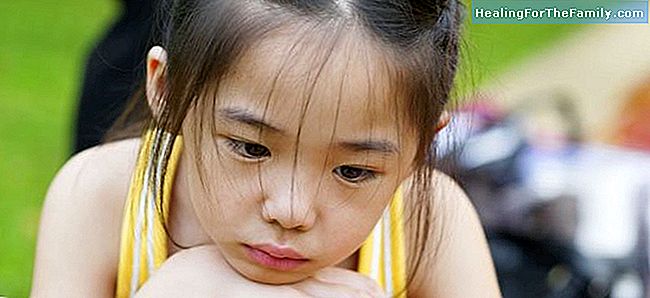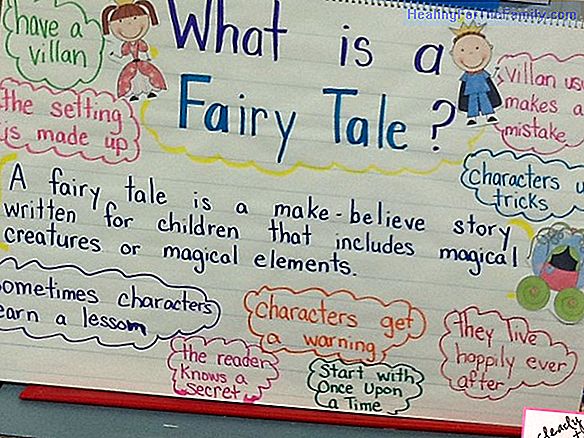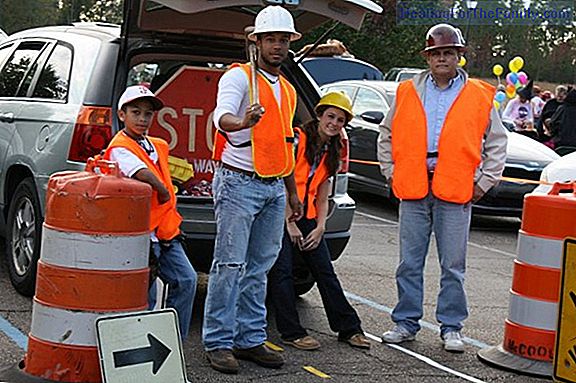What children learn from sadness
All our emotions are necessary. Each and every one of them. There are no better ones than others. There are no good and others bad. We need them all, because each of them fulfills its function. Sadness is one of them. Children also experience sadness. At the beginning, the most normal thing is that
All our emotions are necessary. Each and every one of them. There are no better ones than others. There are no good and others bad. We need them all, because each of them fulfills its function. Sadness is one of them.
Children also experience sadness. At the beginning, the most normal thing is that they do not know how to handle it. But you can help them understand what happens to them. For this, you can use the Pixar movie Inside Out.
Sadness is a basic emotion in children

The movie Inside Out tells us the story of Riley, an 11-year-old girl. He does it from inside his mind where his basic emotions coexist; captained by Alegría that has the rest of emotions under his orders. But in the course of the story they discover that all of them have a leading role in the life of the girl, that they have to work as a team to make everything work, and that this time it's up to Tristeza to take command to help Riley.
Sadness is an emotion we have all experienced. We are all sad sometimes. Because when something makes us sad, there is no point in suppressing or separating that feeling, the only way to overcome it is to feel it, understand it and accept it.
When we feel sad our metabolism slows down, we are tired and melancholy, everyday activities are a great effort for us. We do not want anything because we are unmotivated. There may be moments of anxiety, anguish and crying. The same thing happens to children.
Why being sad is also important for children
1. Help the child overcome the situation that is hurting him, by facing it.
2. It pushes them to stop and reflect. It leads them to ask themselves questions, to find what does not work, to bring about the change they need.
3. It allows them to assimilate the loss or failure caused by that sadness.
4. Invites them to ask for help and communicate with others.
5. It fulfills a social function. Through empathy fosters helping behavior in others, to give support and comfort to those who are sad.
That's why it's positive to allow children to be sad, express what they feel and let them cry. Not to frustrate them. So that they learn from what they have lived. To face it and know how to handle their emotions. So that they know themselves better. To connect with others when they see you sad. Because they will be sad many times and the best thing is that they learn to manage their sadness and do not try to hide it or avoid it for fear of reprimand.
Tears also have their reason. When we cry we discharge tension and anxiety, after crying we feel relief, we feel better and we see things differently, without so much emotional burden. This allows us to move forward, to move forward. Crying is not good or bad, it is a physical response to a feeling, and as everything in the emotional world has a meaning and a reason for being, so why do not we let the children cry when they need it?












